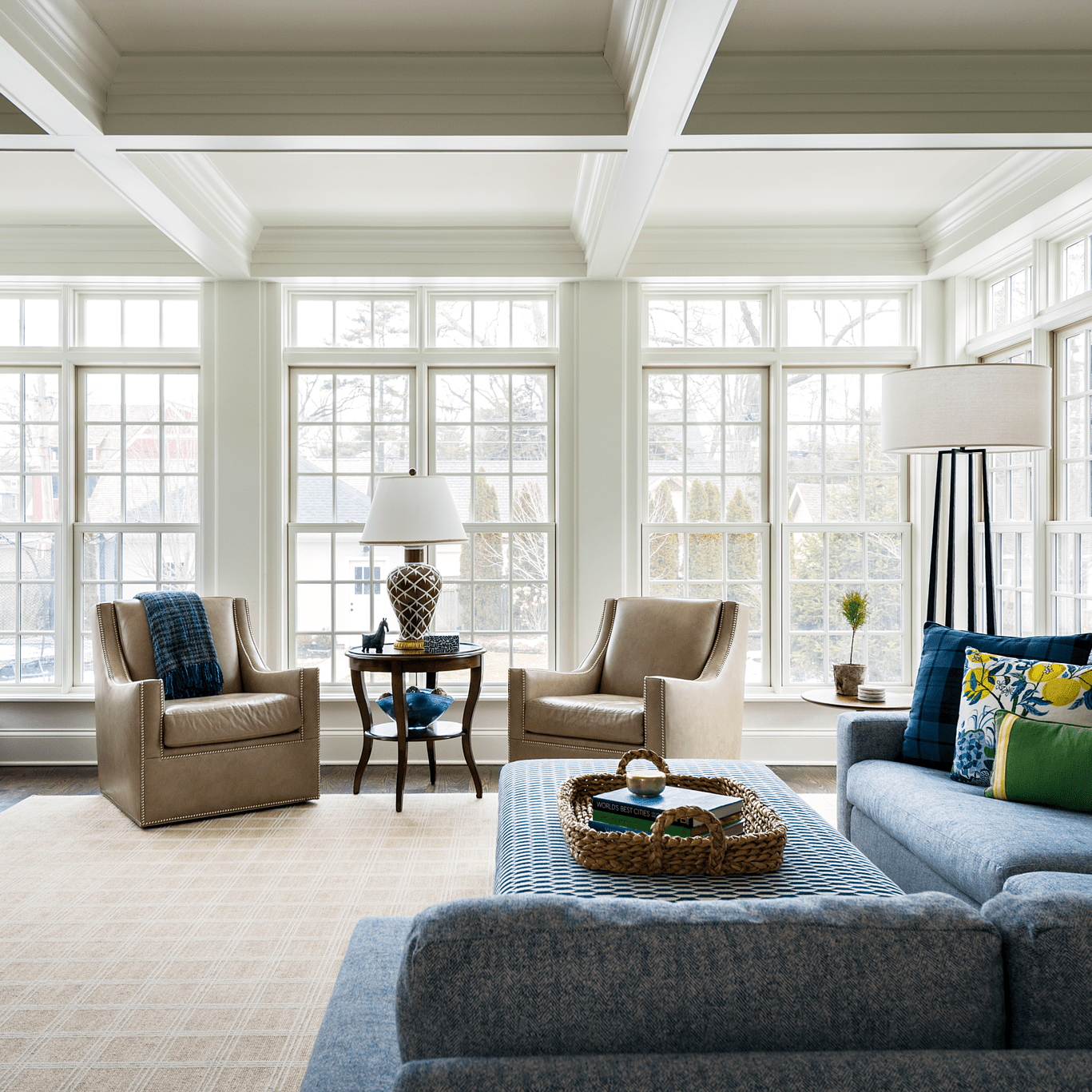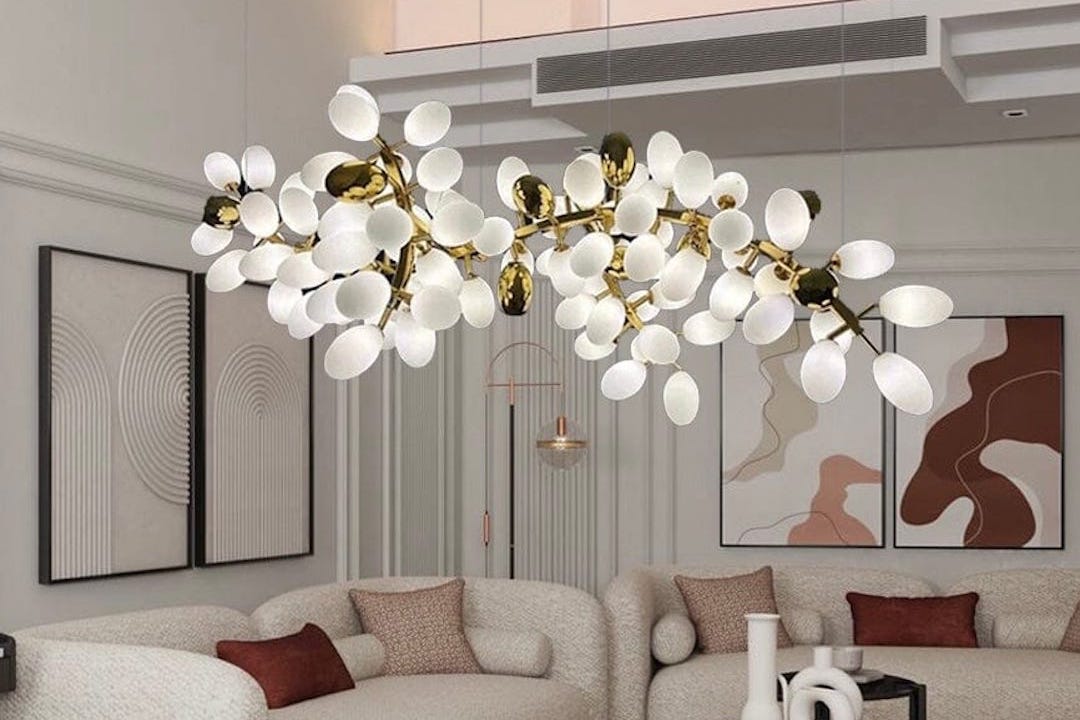The Influence of the 60’s on Ceiling Light Design
The 1960s were a pivotal decade for design, product development, and cultural shift in the United States. This era was characterized by the rise of youth culture, rebellion against traditional values, and experimentation with new materials and technologies.
These cultural trends had an immense impact on the design of ceiling lights. The 60’s brought on a shift towards more complex designs, bold and bright colors, and use of innovative materials.
Complex Designs
Ceiling lights in the 60’s were far from being simple fixtures designed for functional purposes. They were rather intricate and complex in their design, taking shapes that were inspired by everything from nature to modern architecture.
Chandeliers, for instance, were characterized by curvy and organic shapes, drawing inspiration from floral designs, while pendant lamps featured geometric shapes, derived from the simple and functionalist designs of the Bauhaus movement.
Bold and Bright Colors
The 60’s was also a time of bold and adventurous use of color. The psychedelic movement had a profound influence on interior design, and ceiling lights were not spared.
Ceiling lights in the 60’s featured vibrant colors such as oranges, yellows, and blues, and patterns such as swirls, stripes, and dots, borrowing from pop art concepts.
Popular Styles of Ceiling Lights in the 60’s
Futuristic Style
The futuristic style of the 60’s was characterized by the use of simple and functional lines, geometric shapes, and futuristic materials.
Ceiling lights of this style incorporated plastics, metals, and fibreglass, and featured designs ranging from circular orbs to rectangular boxes, creating a sci-fi inspired look that was visually stunning.
Mid-Century Style
The mid-century style of the 60’s was characterized by the use of clean lines, simplicity and minimalism.
Ceiling lights of this style featured solid brass and sculptural shapes, and designs that ranged from elegantly curvy to hard edged geometric shapes.




